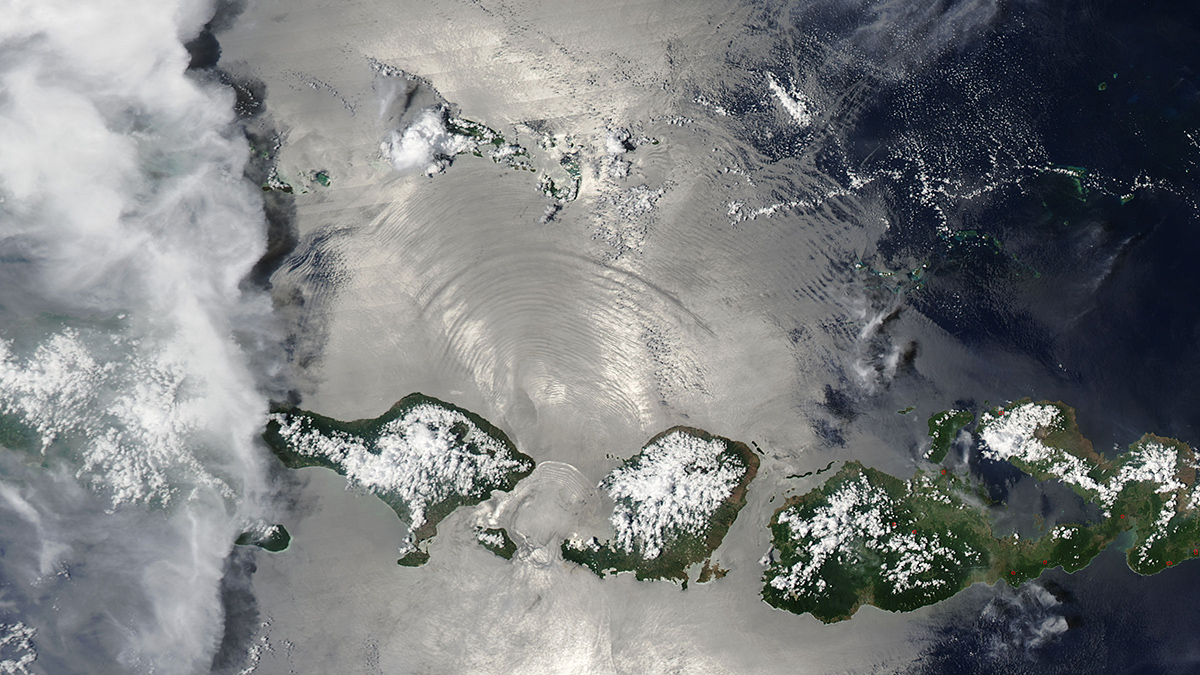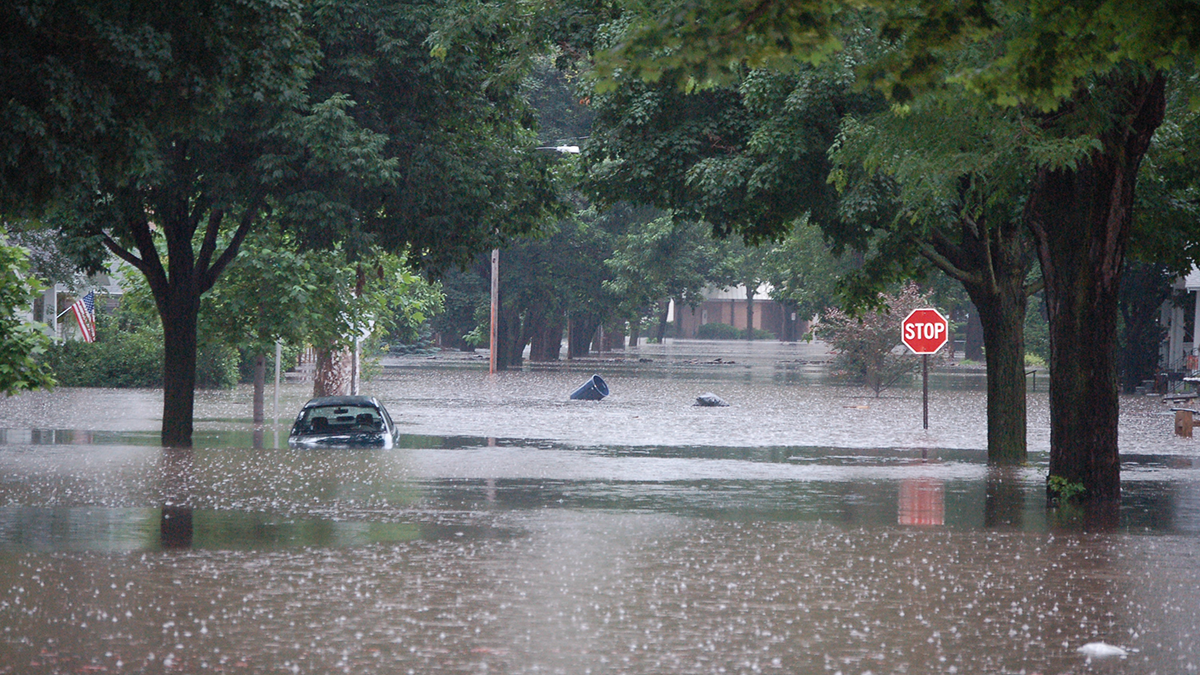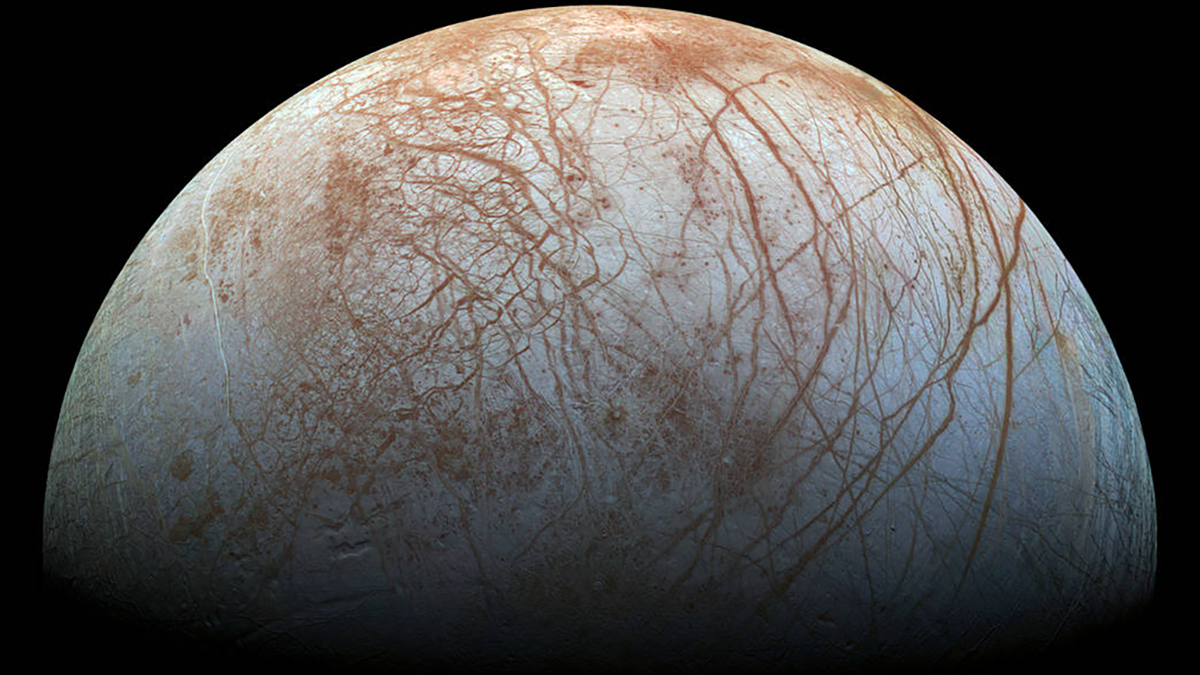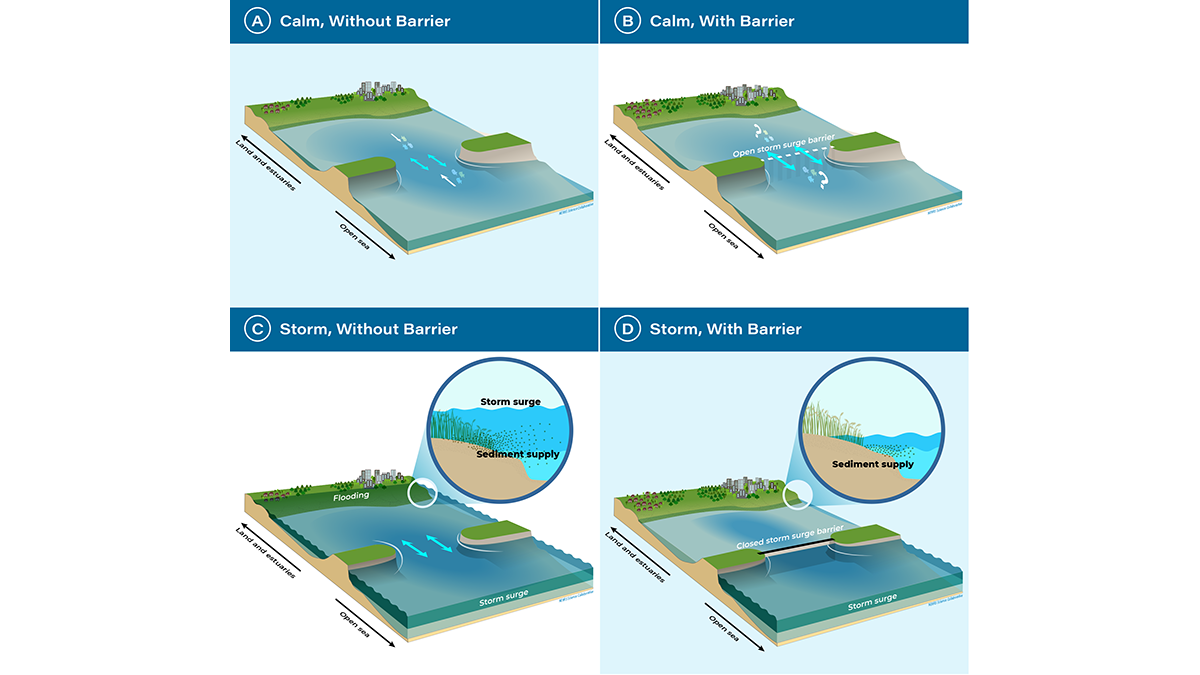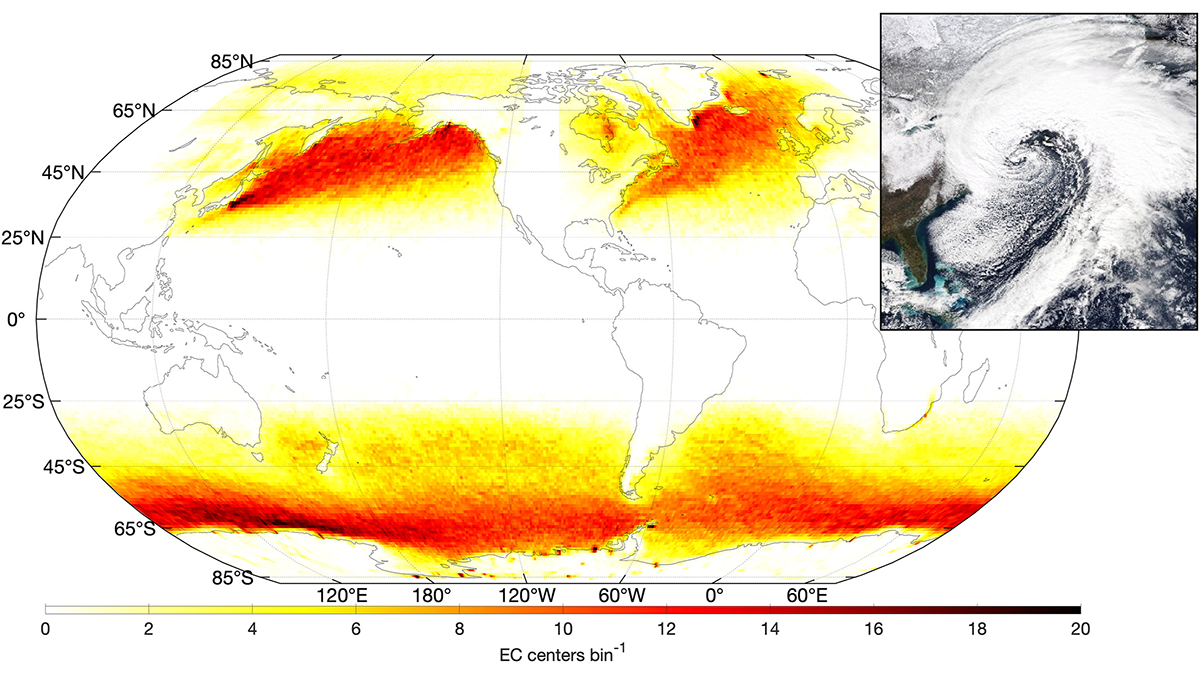To better understand how sea-level rise threatens coastal areas, scientists propose a new indicator to estimate the risk of coastal flooding under climate change.
surface waves & tides
Step Aside, Internal Tides: Supercomputer Modeling Improves Satellite Altimetry Precision
New supercomputer models can provide valuable information about the ocean’s layers and movements, particularly slow moving features such as eddies and currents.
Glaciers Rise and Fall—and Melt—with Tides
The effect of ocean water creeping beneath Greenland ice is stronger than scientists realized.
Earthquakes Have Preparatory Stage Years Before Rupture
Tidally induced seismicity increased locally before the 2019 Ridgecrest earthquake, suggesting that fault sensitivity to stress increases in the years immediately before large earthquakes.
Exploring the Mantle Through Microseisms
A new method for examining the tiny vibrations of Earth caused by ocean swells could help reveal details of deep-Earth structure.
Unlocking the Secrets of Floods: Breakthroughs in Riverine and Coastal Modeling
To enhance flood modeling, it is imperative to gain a comprehensive understanding of the causative mechanisms and cutting-edge models and tools, while also acknowledging their uncertainties.
Spain’s Seafaring Sports See Fewer Calm Days
Knowing the best days for calm or active water activities can strengthen the local economy and help tourists optimize their trips.
Rotation of Europa’s Icy Shell Driven by Deep Ocean Currents
A model using currents in the deep ocean to drive rotation of Europa’s ice shell from below can explain why its surface may drift despite being tidally locked.
A Turning Point for Estuaries Worldwide
As estuarine barriers are built in response to sea level rise, flooding, and salinization, more research is needed to better understand their implications for human activities and ecosystems.
Tracking Ocean Waves from Extratropical Cyclones on Global Scale
A new way of tracking ocean waves with satellite measurements was developed and applied to extratropical cyclones, revealing the effects of storm characteristics on extreme sea states.


